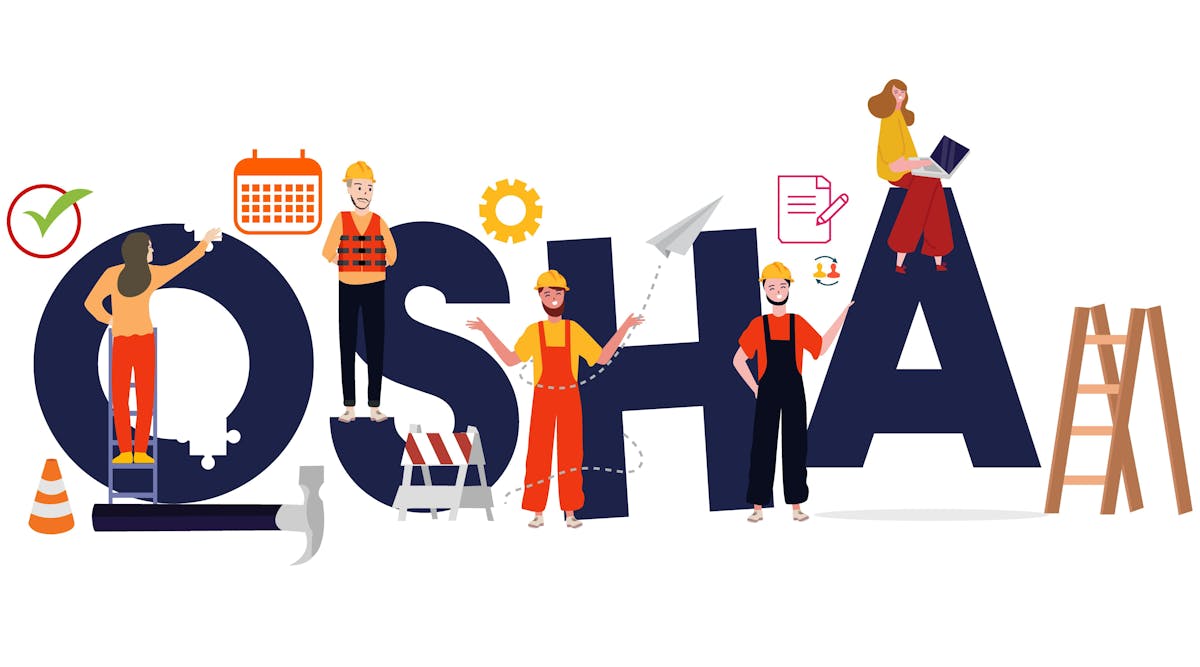An estimated 15% or employees are working by themselves. And for those working in isolated environments there could be risk for serious injury, even death. Recognizing the emergence and severity of this issue, the National Safety Council released a new white paper through its Work to Zero initiative, Using Lone Worker Monitoring Technology to Protect Workers, to help employers identify and implement new solutions to keep their workers safe.
“Lone work can be beneficial for both organizations and employees, allowing for more flexibility and a greater utilization of resources, but this practice also comes with heightened risk for workers," aid Katherine Mendoza, senior director, workplace programs, NSC, in a statement.." According to a 2021 survey, nearly 70% of organizations reported a safety incident involving someone working by themselves in the past three years, and 1 in 5 of these incidents were described as ‘quite or very severe. Every employee deserves to work in an environment where safety risks are minimized, and this white paper helps business leaders do just that by providing a playbook for understanding the unique hazards isolated workers face and how industry-specific technology can be used to save lives and prevent injuries.”
The report evaluated findings from several academic databases, as well as two case studies, to specifically assess the use of worker monitoring technologies, ranging from fall detection devices and proximity sensors to mobile apps and panic alarms, in remote settings. In addition to concluding these types of technologies can be ideal for lone workers in high-risk industries, such as construction, mining or agriculture, NSC identified three key benefits for any isolated work environment, including:
- Enabling two-way communication. The majority of lone workers report frequently working outside of cell phone coverage areas. Monitoring devices, many of which are equipped with GPS capabilities, address this gap enabling employers to stay connected to their workers to take immediate action in the event of an emergency.
- Enhancing safety capabilities. Many monitoring devices available to employers are packaged with additional EHS functionalities that can detect and alert the wearer to hazardous situations, such as gas emissions, thermal exposure and proximity to dangerous machinery.
- Increasing cost-savings. Monitoring devices may help streamline the otherwise cumbersome task of checking in with lone workers through email, phone calls or calendars, and ultimately increase overall efficiency.
The Council also found the marketplace for monitoring technology is rapidly expanding, providing employers with unprecedented access to new safety solutions, and outlined the following guidance to help safety mangers select the best solution for their organizations’ unique lone work needs:
- Identify the type of industry and associated risk of the workflow. For example, healthcare employees, who may be susceptible to workplace violence incidents while working alone, may benefit from discreet duress alarms to avoid escalating a hazardous situation, while audible alarms may be more suitable for those working outdoors.
- Consider the ease of scalability . In addition to assessing the number of potential users, organizations should consider how new devices will integrate with pre-existing technology. While mobile applications are a turnkey, cost-effective way for larger organizations to incorporate lone worker monitoring, smaller companies should assess the benefits and cost effectiveness of adopting additional capabilities.
- Use technology holistically. Off-the-shelf technologies can help employers quickly implement new safety solutions into their workplaces but may not offer the customization leaders need to successfully integrate the new technology into other parts of the organization or address a range of hazards.
Despite its many benefits, limitations with current lone worker monitoring technology still exist. Namely, NSC found these monitoring capabilities do not eliminate workers’ exposure to hazards and called on employers to conduct a thorough audit of their operations to mitigate the root causes of employee risk. Organizations are also encouraged to participate in regular drills to ensure lone workers and leaders are adequately trained and informed on emergency responses.
Another challenge affecting widespread adoption of monitoring technology is an enduring concern over worker and data privacy. While monitoring devices can equip employers with potentially lifesaving data related to worker activity levels and location, some employees may feel they are being surveilled while on the worksite. To mitigate these concerns, experts recommend involving workers in the adoption process and educating employees on the benefits and limitations of the new safety technology, while maintaining transparency on how their data will be used, stored and encrypted.















































































